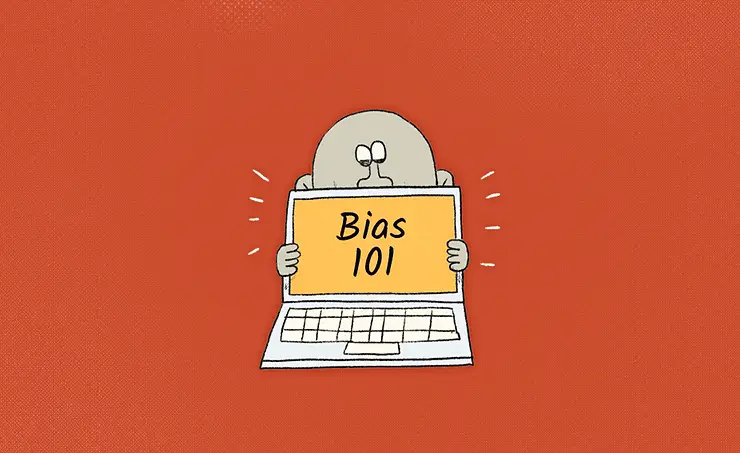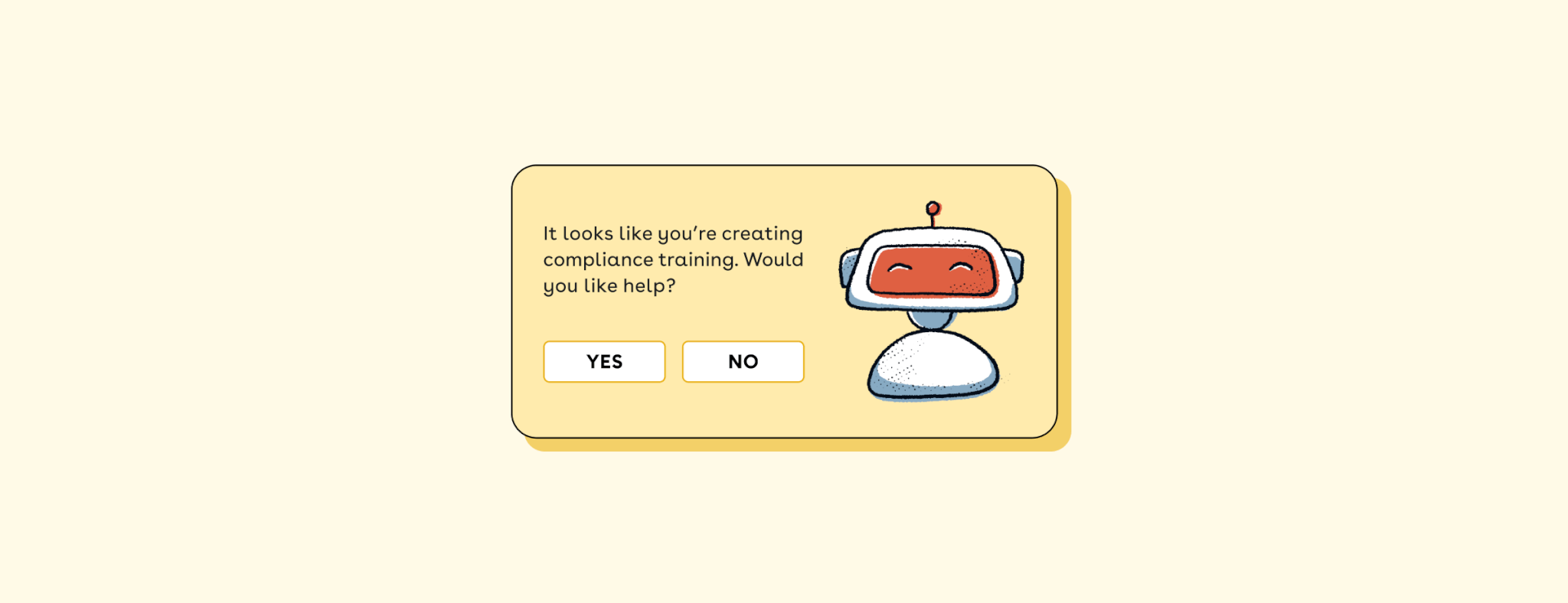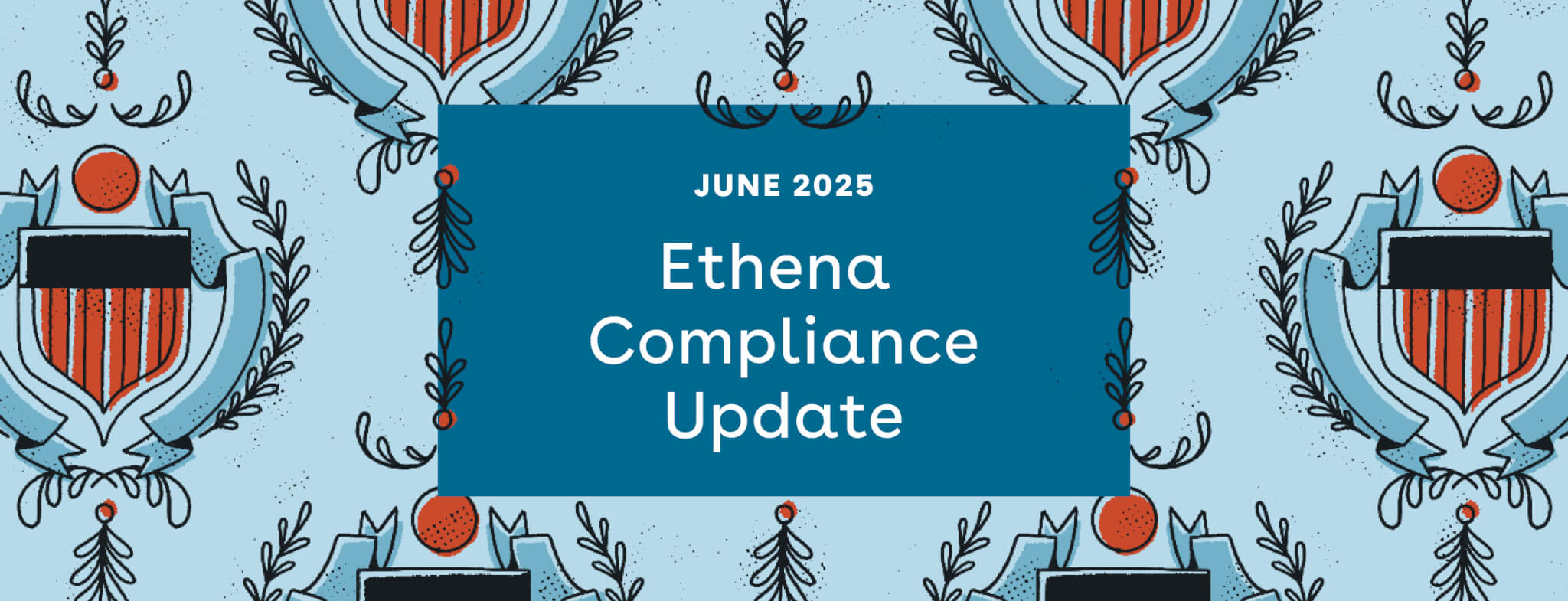When most of us hear the word “bias,” we often connect it with “bad” people who discriminate against others based on gender, race, or other identities. But here’s the thing: We all have biases.
Our brains are wired to simplify information and make quick judgments, so we can move more easily through the world. While these mental shortcuts are helpful in some cases—imagine if you had to think through the pros and cons of drinking spoiled milk or jumping out of the way of an oncoming car—they also have negative consequences.
In the workplace, our natural tendency toward bias can limit our capacity for creativity, collaboration, and inclusivity. Understanding different types of bias and how they can show up at work is the first step to fostering a truly successful and supportive organization.
What is bias?
Generally, a bias can be thought of as an inclination or prejudice toward or away from a particular person, place, thing, idea, or group, usually based on your upbringing and experiences. You might have a bias toward a certain brand of ketchup, for example, simply because that’s what your family purchased growing up. Even though you haven’t actually tasted every ketchup on the shelf, you instinctively put that bottle in your cart time and time again.
While some of these inclinations may seem insignificant, it’s important to be aware of how biases impact our actions. Sure, your ketchup bias might only mean that you miss out on a more delicious brand, but other types of bias can have a deeply negative impact on yourself and those around you.
How bias influences the workplace
A bias becomes a problem when it inspires negative feelings or perceptions of someone because they are not part of a social group or behave in ways with which you don’t identify. When it comes to making workplace decisions, biases can lead to exclusion, harassment, and other harmful actions with both cultural and legal ramifications for individuals, organizations, and processes.
In the workplace, biases particularly impact individuals with marginalized identities—or what we prefer to call “rising identities,” a term our team picked up from Did That Just Happen?! by Dr. Stephanie Pinder-Amaker and Dr. Lauren Wadsworth, one of our favorite books on creating inclusive organizations.
13 types of biases (with examples)
Our biases may be conscious or unconscious, but both forms are detrimental in the workplace.
A conscious bias is an inclination that you’re aware you hold about particular people, places, things, ideas, or groups. On the other hand, unconscious bias—also known as a cognitive bias or implicit bias—is an inclination that influences your actions without your awareness. Oftentimes, our unconscious biases are actually in direct opposition to the ideas or values we believe we hold.
Here is a long but not at all exhaustive list of the types of bias that can crop up in workplace decisions, cultural norms, and processes:
1. Ability bias
Ability bias occurs when we see able-bodied people as the “norm” in society, keeping disabled people out of the workforce due to discrimination and inaccessibility. An example of ability bias is holding virtual meetings without considering accessibility accommodations, like closed captions.
2. Affinity bias
We gravitate toward others who share our interests, backgrounds, or experiences. A recruiter favoring a candidate because they grew up in the same town or belonged to the same college fraternity regardless of whether or not that person’s professional experience makes them competitive for the role, is an example of affinity bias.
3. Age bias
When we make judgments about people based on their age, we’re participating in age bias. Young employees may be treated as naive, while older employees might be pushed out of the workforce before they’re ready.
4. Anchoring bias
This occurs when we rely on the first piece of information we learn (the “anchor”) to make decisions. A hiring manager could use anchoring bias to manipulate a candidate by providing a salary on the low end of their range in a job offer, so that number sticks in the candidate’s mind as their “anchor” during negotiations.
5. Attribution bias
Attribution bias is when we assume people’s actions are connected to unrelated characteristics. If a coworker is often late, another coworker may assume that they’re lazy—when in fact they depend on unreliable public transportation.
6. Authority bias
We trust the opinions or ideas of people in positions of power more than those in lower-level positions. Authority bias may lead people to ignore an intern’s complaints of harassment against the CEO.
7. Confirmation bias
We tend to seek out, favor, and recall information that supports what we already believe. During performance reviews, confirmation bias can be at play when a manager only pays attention to positive feedback about their favorite employee and ignores when people point out legitimate opportunities for growth.
8. Conformity bias
Conformity bias occurs when we change our individual beliefs or behaviors to fit in with the group. Someone on a panel of interviewers may support hiring a candidate they didn’t originally find compelling or competitive because everyone else expresses positive opinions.
9. Ethnic and racial bias
Ethnic and racial bias occurs when we make assumptions or unconsciously perpetuate stereotypes based on someone’s race or ethnicity. For example, a 2021 study found that resumes with names that are typically coded as Black were less likely to receive responses compared to identical resumes with distinctively white names.
10. Gender bias
This bias occurs when someone receives preferential treatment or faces discrimination based on their gender. Gender bias is often exhibited as bias against women in professional settings when male coworkers are perceived as more driven, capable, or intelligent. It’s one of the contributing factors to the well-documented gender wage gap.
11. Religious bias
Similar to demographics like race, age, and gender, religious bias occurs when employees are treated differently because of their religious or spiritual beliefs. An example of religious bias could be a boss refusing to allow an employee time off to attend religious services or observe holidays.
12. Sexual orientation bias
Making judgments based on someone’s perceived or actual sexual orientation is a form of bias limiting the inclusion and leadership of LGBTQ+ individuals in the workforce, such denying internal growth opportunities specifically because of their sexual orientation.
13. Socioeconomic and education bias
This is when we associate people who have higher socioeconomic statuses or education levels with being smarter or more successful than others, rather than acknowledging those attributes as forms of privilege. A manager may promote one employee over another because the former has a master’s degree, even though the second employee has higher performance ratings.
Many of the above types of bias are unconscious. However, even though an unconscious bias may not be intentionally discriminatory, it’s still harmful to the individual or social group it targets. Our biases toward and away from people, places, things, ideas or groups inform every workplace decision we make—from writing job descriptions to hiring to deciding promotions and more.
How to identify workplace bias
We all have biases — both conscious and unconscious — so identifying them and rooting them out is an ongoing and essential process. Understanding the different types of bias can increase your awareness of how they’re informing your decisions and allow you to:
- Reflect on your own biases as an individual, whether you’re an individual contributor or team lead.
- Develop more inclusive hiring, performance review, and employee engagement practices.
- Prevent harassment and respond more effectively when bias is at play.
- Attract,support, and retain talent from diverse backgrounds, which is essential for an inclusive workplace.
The good news is that research shows our biases are flexible; with the right approach, we can understand and reroute our mental shortcuts ultimately reducing their influence on our actions. From compliance trainings to data-driven talent management platforms, there are multiple strategies to identify and prevent bias, prejudice, and discrimination at work.









